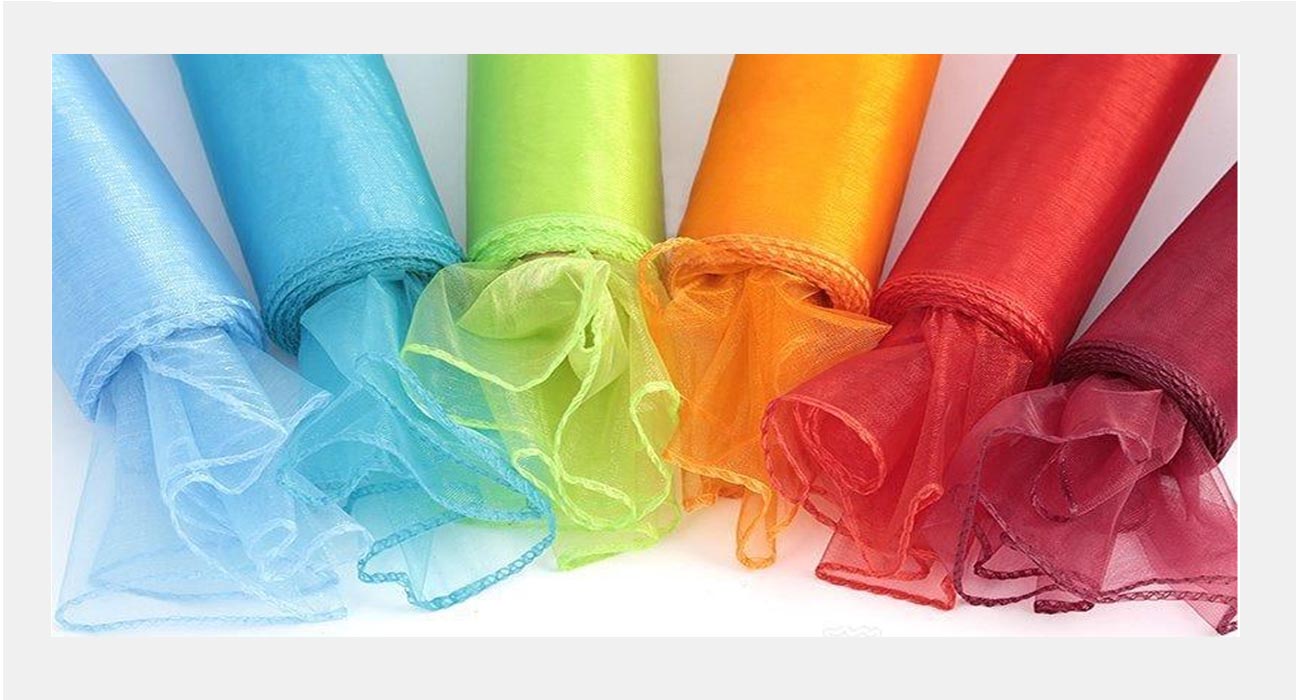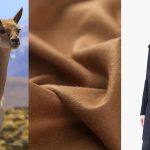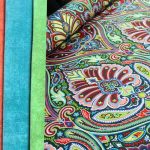Organza Fabric is a thin, plain weave, sheer fabric traditionally made from silk and known as Silk Organza Fabric. Though many modern organzas are woven with synthetic filament fibers such as polyester or nylon. Organza Fabric is usually used for bridalwear and eveningwear.
Due to its incredibly delicate nature, organza fabric cannot be washed in a washing machine. Instead, it’s necessary to wash this type of fabric by hand, and many consumers prefer to have their organza dry cleaned.
Origin and History
Like most silk fabrics, silk organza fabric originated in China, where silk was first cultivated. Organza was traded along the Silk Road, the trading route from China to Europe, and production spread around the world.
China remains the biggest producer and exporter of organza today. There are several organza weaving mills along the Yangtze River, particularly in Zhejiang province. India is also a large exporter of organza, where a stiffer type of organza is produced in the Bangalore region. France and Italy produce very high-quality organza.
How Is Organza Fabric Made?
The weaving process for organza is very complicated and precise and, as a result, most organza is still woven by hand. It can be made by machine, but machine-made organza is compromised in quality.
- Twisting the yarn. After the filament fibers—long, continuous strands of either silk or synthetic material—are produced, two single fibers are twisted tightly in opposite directions to form the yarn.
- Treating with acid. Before the yarns are woven into a fabric, they are combed and treated with acid. This increases the material’s stiffness, an important quality of organza. Sometimes, synthetic fibers don’t need to be treated this way, as they are often naturally stiff.
- Weaving. The yarns are woven together using the plain weave method, where the warp and weft threads are woven over and under each other in an equal ratio forming a criss-cross pattern.
Characteristics of Organza
Organza has a number of unique characteristics, including:
- Transparency. Organza is a transparent material, meaning you can see through it because the weave creates small holes. The more holes per inch, the higher the quality of the fabric.
- Thinness. The fabric is extremely thin, as the yarns are twisted very tightly before weaving and woven with the intent of creating transparency.
- Sheerness. Organza catches the light beautifully and reflects light rays well. This is a result of the innate quality of silk, as well as the treatment and twists of the fibers before weaving.
- Stiffness. Due to the acid treatment of the yarns before weaving, organza is slightly stiff and is not soft and flowy like traditional silk. However, the wiry feel and structured drape are an asset to designers who want to create sculptural silhouettes.
- Breathability. Organza fabric is very airy and breathable, as the holes in the fabric allow the material to pass air through with ease.
- Easy to wrinkle and tear. Organza fabric is extremely prone to wrinkles because of its thin nature, and even though the individual fibers are strong, they can catch and tear easily. Luckily, the fabric is often layered in garments, so tears can be hard to detect.
6 Types of Organza Fabric
While traditional organza is made from silk, there are many different variations on the lightweight, decadent fabric.
- Crystal organza. Crystal organza is the most common and popular type of organza. It is soft, lightweight, and has a subtle sheen. It can be made from silk or synthetic fibers and it is used for bridal gowns, interior decorating, and more.
- Mirror organza. Mirror organza is typically made from polyester and is the shiniest form of organza and it reflects light extremely well.
- Satin organza. Satin organza boasts the shiny quality of satin, while still maintaining the crisp drape of organza.
- Crushed organza. Crushed organza has been treated and crinkled to have an intentionally wrinkled appearance.
- Shot organza. For shot organza, different colored silk threads are used as the warp and weft. Shot organza’s multi-colored finish creates a gradient of colors, like a sunset or the northern lights.
- Embroidered organza. Embroidered organza elevates the standard fabric with the addition of embroidery. Rhinestones, sequins, and many different types of patterns can augment mirror and crystal organza for a decorative quality.
Conclusion
Organza is a type of lightweight plain weave fabric. This type of fabric is sheer, which means that it is woven in an extremely low density that results in a transparent and relatively flimsy textile. Due to its transparency and high breathability, organza fabric is commonly used to make garments that overlay thicker types of apparel, and it is also occasionally used to make a variety of different types of household textiles.





